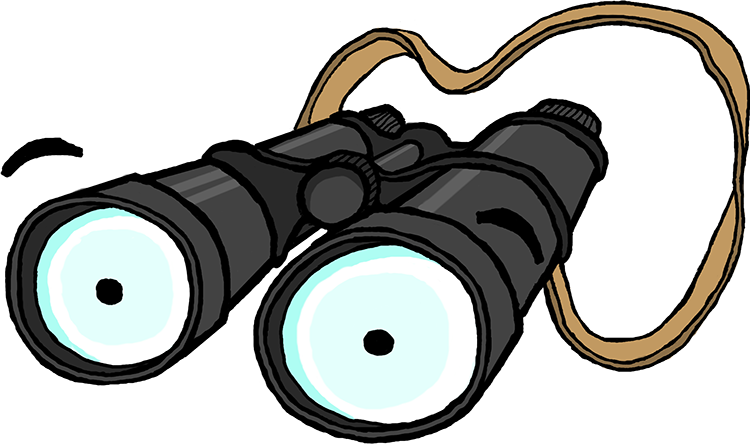Advancements in Medicine
The number and variety of casualties in the First World War were not seen before. Because of a new kind of warfare, medical professionals had to adapt and improve their abilities to cure all types of injuries. The Western Front faced an unimaginable scale of wounded soldiers, and they had to deal with various physical and mental injuries. Medical advancements and the ability to transport critical medical equipment to the Front Line saved many lives!
DID YOU KNOW...?
Many children back home, including Boy Scouts and Girl Guides, searched for Sphagnum moss during the First World War, as it was mass produced as a dressing to help the injured soldiers!
Blood Transfusion
One common injury was bleeding, and blood loss can be extremely dangerous, so dealing with it quickly was vital to saving the patient’s life. With an increasing number of men dying because of blood loss, doctors knew something had to change.
Throughout the War transfusing blood proved a challenge, but in 1918 Oswald Hope Robertson managed to create a working method, which increased the chances of survival. Not only did he create a better working transfusion apparatus, he also allowed blood to be stored for longer. This transportable medical invention allowed blood transfusions to happen on the frontline. However, the doctors needed plenty of blood in storage to be able to carry out transfusions, and so ‘blood banks’ were invented.
Treating Gas Wounds
A new war technique was exposing the enemy to poisonous gasses. Throughout the First World War both treatments and protection greatly improved, such as the gas mask. However, a gas attack was still a horrific experience with many lasting physical and mental effects. Poisonous gasses could take hours to kill the suffering victim. One method of treatment was artificially increasing oxygen in the patient’s blood.
John Scott Haldane travelled to the Western Front soon after the first gas attack to help save as many lives as he could. He invented an apparatus, which helped increase the patient’s oxygen levels, and protective equipment, which was very important as he was exposed to the poisonous gas himself! John’s apparatus allowed four people to be treated at the same time. As the war went on it was considered vital First World War equipment, and was supplied to special gas treatment units near the front line.
Bert Fearns (1897-1997)
Bert Fearns of the 6th Lancashire Fusiliers stands out within the context of sight loss and the City of Liverpool. Bert was badly wounded by shell fire in March 1918 during the German ‘last gasp’ offensive, losing one eye. When Bert was about to be bayoneted, the German trooper noticed he was a Lancashire Fusilier and took pity on him.
The German soldier had served at the Adelphi Hotel in Liverpool before the outbreak of war, and had liked the Liverpool people. The German soldier took it upon himself to bandage Bert up and take him prisoner, rather than deliver the ‘coup de gras’. Bert became a prisoner of war but survived and was returned to his family in the UK.
Visual Impairment
The First World War resulted in thousands of soldiers losing their sight due to gas, bullets, explosions and disease. Visual impairment proved tricky and doctors could not cure the blindness that so many men experienced. Instead they could provide artificial eyes, but sadly these were in very short supply. There began to be a huge demand for artificial eyes but as they were mostly produced in Germany, Britain did not have access to these. The ones that Britain did have were given to the Army Spectacle Depot to distribute, and from December 1916 to August 1919 the Army Spectacle Depot provided 22,000 artificial eyes across Britain!
One thing that visually impaired men need is the ability to live an independent life. After losing their sight they would have felt that they could no longer do simple things, like tell the time. The braille watch had raised features so the time could be known just by touch! Devices like the braille watch was the first step for these men getting their confidence and independence.

